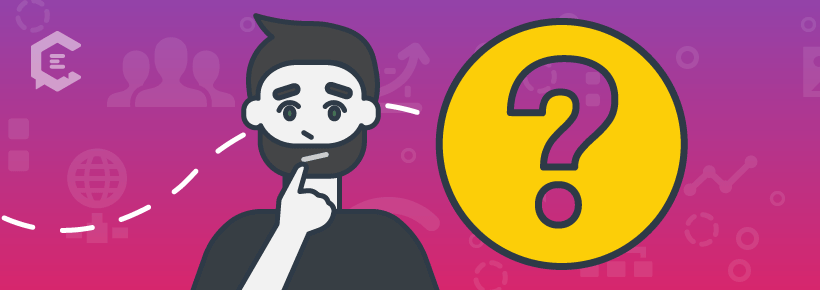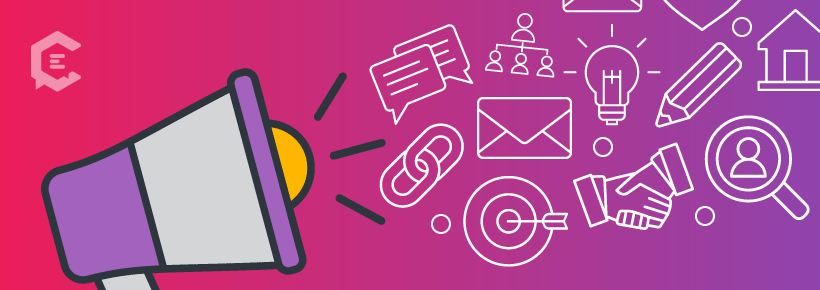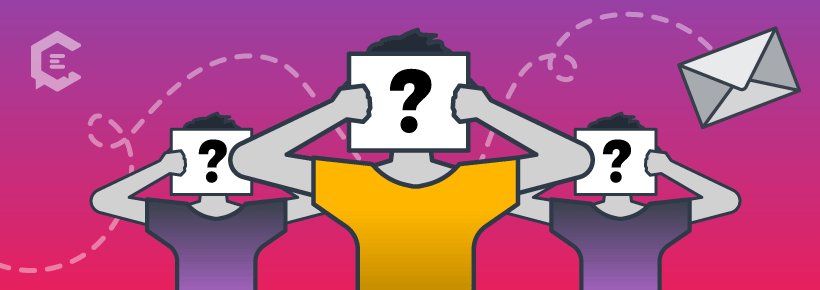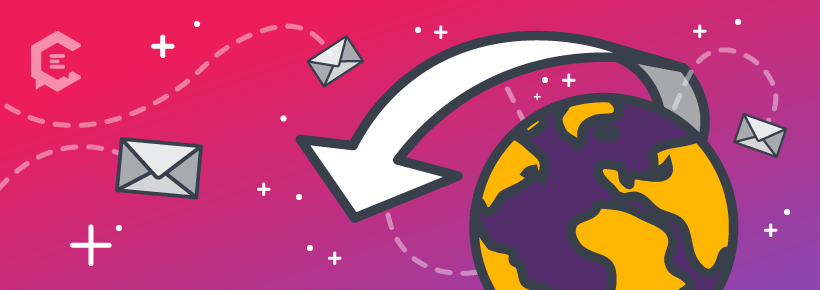In this series, we’re exploring the emerging and shifting world of newsletters. While once considered link-farm engines, today’s modern approach shifts an email into a platform to tell a brand’s compelling and unique message. In part three, we help brands navigate not only their need for a newsletter but best practices for identifying their audience and other tricky questions.
Ask anyone in a creative field — from writers and producers to photographers, designers and beyond — and part of the creation process is sourcing inspiration. Or if you’re smart, seeking out your competitor to identify their advantage and approach. If there’s a journalist who seems to nail every assignment she’s given, or a brand that illustrates their values in a seemingly compelling way, you’ll likely be motivated to mimic their success in your own way. As you begin to explore the effectiveness of newsletters as a component of your overall marketing mission, seeking out examples of newsletters that are killing it is a great place to begin.

Asking the big questions first
But before you start mapping out your inbox delivery schedule, take a breather and ask yourself — and others who are part of your core business — a few questions. Or rather: Before you can decide what a home run is, you need to step up to first base. By asking yourself those ever-important why and who (related to brand’s your mission and vision), you’re better equipped to deliver your message, offerings and perspective. It isn’t enough to merely send out something and hope for the best, but to illustrate your content in an impactful way from day one.
Those who do newsletters best are usually chief marketing officers, since they are tasked with the difficult endeavor of keeping a team and brand connected to a central theme. As they’ve navigated various companies, industry shifts and quarterly goals, they have mastered the art of why and who. Here, they share how you can apply the same tactics.
Understanding the why of your newsletter
Regardless of which profession you decided to pursue, you’ve likely be given the age-old advice of “keep it simple.” It’s an idiom that applies to nearly everything — from dating and dinner to asking for a raise — so it’s no surprise newsletters use the same logic.
Former CMO of Pollice Lee and current founder of Blancera Group, Catherine Suh explains generally speaking, newsletters are the easiest and most cost-effective way to keep in touch with your contacts and loop them in on exciting development projects, key insights and more. Whether you’re a writer who won an award or sold a book, or a brand who wants to stand apart from the noise in your industry, Suh says a consistent newsletter strategy is one avenue to not only build an audience but keep them engaged and up-to-date on each and every move.
Another reason why newsletters are worth considering, according to Brittany Bozmoski, the CMO of Forever Companies, is the digital interaction opportunities they offer. While, sure, social media may seem like the instant-gratification route, Bozmoski says emails often appear more authentic than say, a Facebook update. How come? Simply put, they have more space and lend themselves to more character creation.
“A newsletter allows you to connect with your audience in an authentic way — such as through personal stories or photos of travel. This personal connection makes you stand out and creates trust,” she says. “It’s the way to have a captured identified audience that has an active interest in your brand, and it is an opportunity to build brand loyalty amongst this consumer.”
And furthermore? Over time, Bozmoski explains your story has a better shot of being told in the way you want it to be communicated, understood and adopted. “Newsletters are an opportunity to tell your branded story. And based on the content, it is an opportunity for brands to be part of a person’s life and bring something to them instead of just trying to sell,” she adds.
By using your newsletter as a storytelling platform, it isn’t just your customers that become educated. As chief brand officer for Sunrise Banks, Becca Hoeft says, you might even gain media attention by remaining relevant, fast-acting and current. “Our team at Sunrise runs like a newsroom. We find a compelling story, we find the hook and we write about it. It keeps our current customers interested and excited about the constant growth within the company and it compels new readers to follow us,” she explains.
But how do you know what readers you’re seeking in the first place? By identifying your target market and audience — and crafting every last word, graphic and image to their liking.
Targeting the who in your newsletter
If you build it, they will come… or will they? Before anyone can hit “subscribe” on your newsletter, it’s important to identify who they are that you’re attempting to lure. That’s the reason why comes before who. Once you pinpoint the reason for developing your email marketing strategy, it becomes much easier to understand your target audience.
As Suh explains, if your why is to interact with previous business, your who are past customers. But if your why is attracting new interests — whether folks who might be intrigued in your blog content or 30-somethings who are in the market to buy their first home — your who are prospective clients.
Various platforms that offer newsletter services — like HubSpot and others — can help you section your lists between these two categories, as well as apply other identifying factors, like income, location, gender and more. Suh says this is when audience development becomes a bit tricky, since you may consider more than one newsletter. “Maybe you have different audience segments, in which case you should tailor your newsletter specific to that user. If you’re using the newsletter mainly to get more sales, you may also conduct A/B testing and you may have multiple editions,” she explains.
Starting your newsletter community with past customers
Overwhelmed? Don’t worry. To begin your newsletter story, Hoef suggests starting with the community — aka, past customers. Because they’ve already engaged with your brand, chances are high they’d like to hear more from you, or they wouldn’t have provided their email.
At Sunrise, they use this philosophy based on the concept that “no one likes the girl at the party who only talks about herself.” “By creating a newsletter about the community, about customers, it creates engagement. Many times I hear our customers tell me how they look forward to our newsletter because of the human interest angle,” she explains. It has also helped them reach prospective customers through other media: “We’ve found that we’ve received some media interest based upon our newsletter content. It’s a win-win across the board,” she shares.
Once you feel comfortable in your community messaging, consider moving forward with sales newsletters, segmenting and other dimensions, creating an overall portfolio.
Ready to get started? You’re in luck: in next week’s deep-dive, we’ll provide the 7-day step-by-step process to send out your first newsletter.










